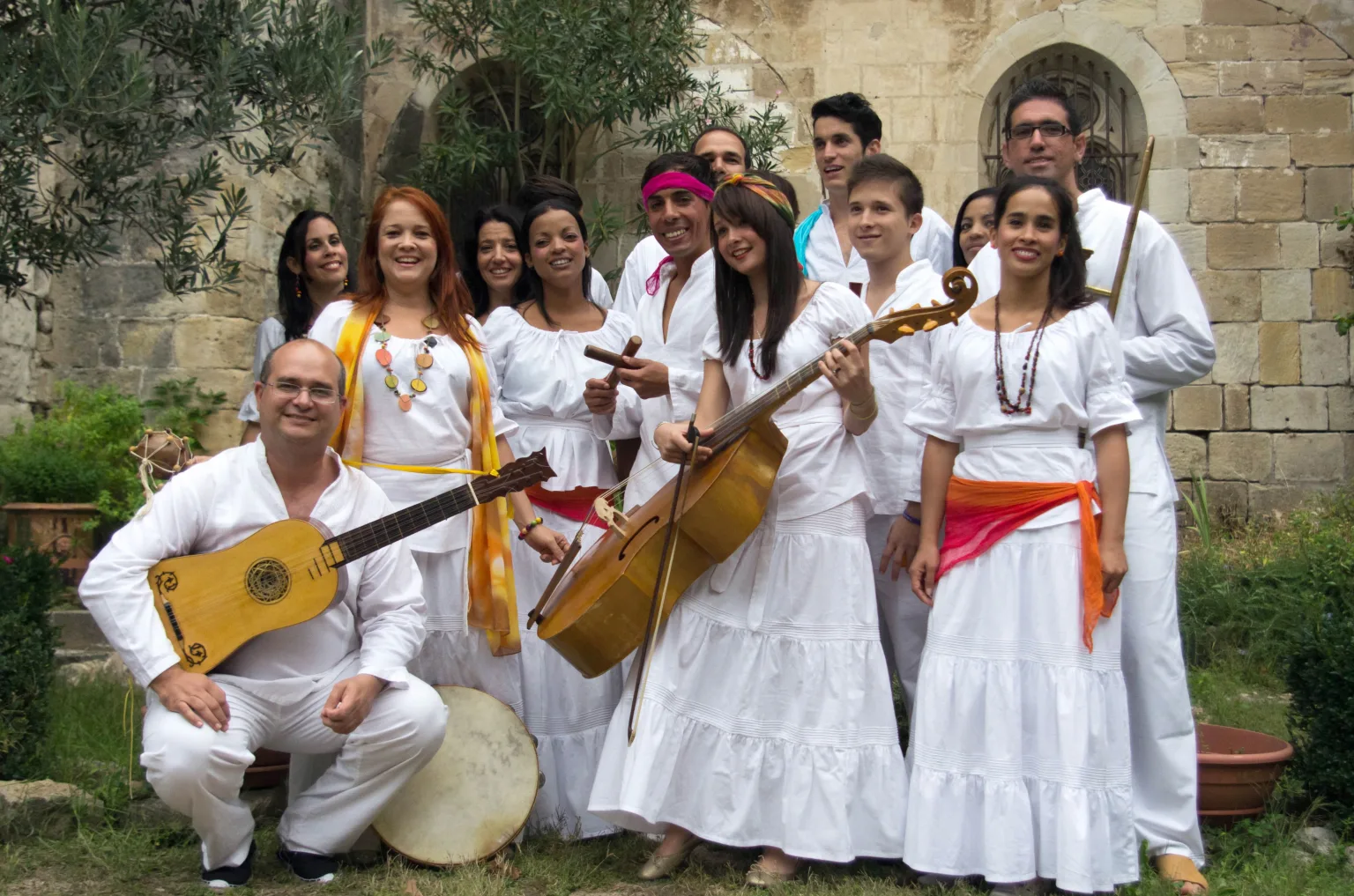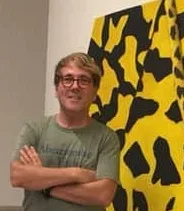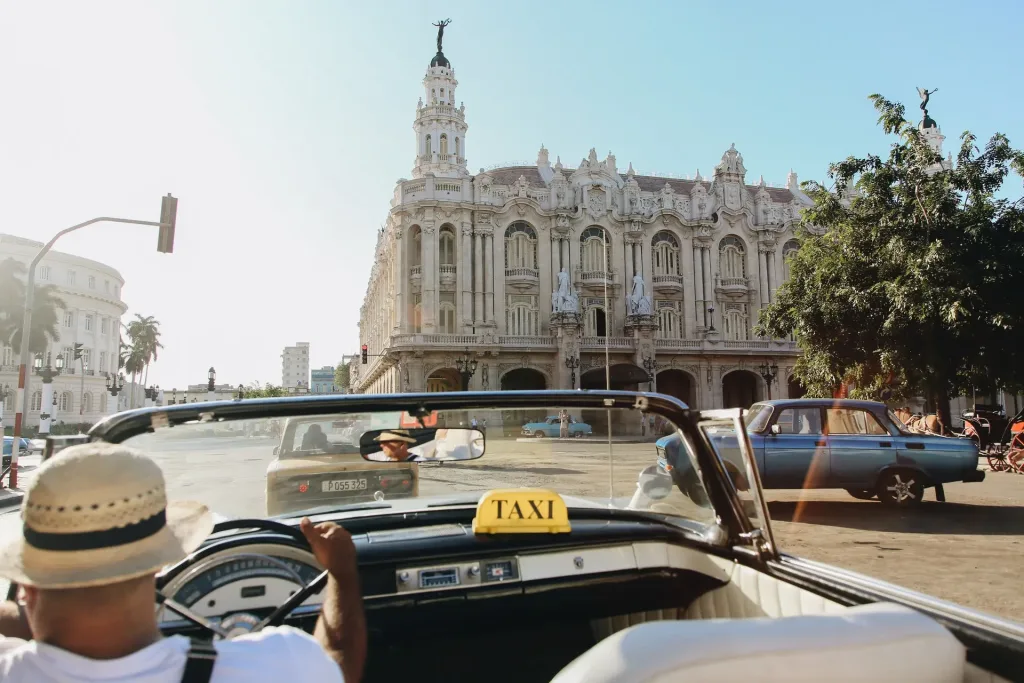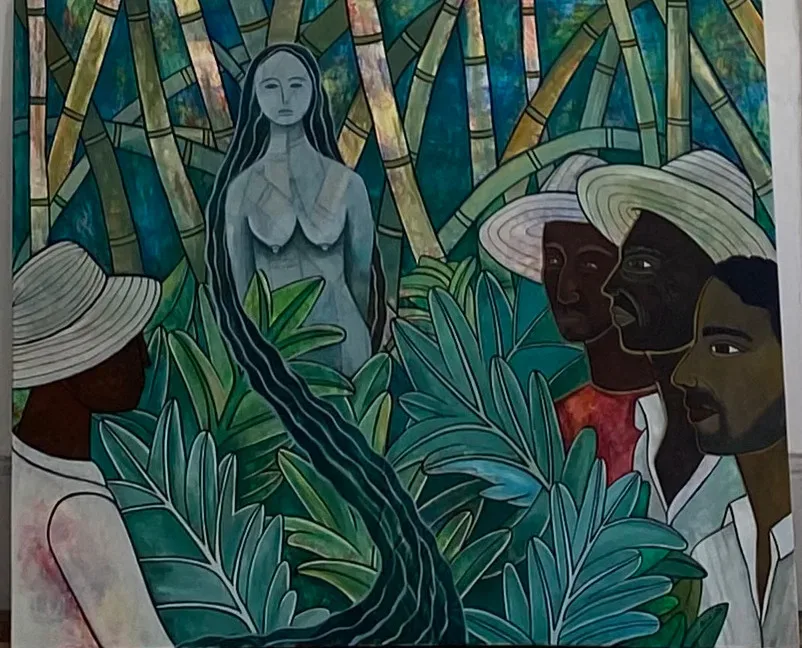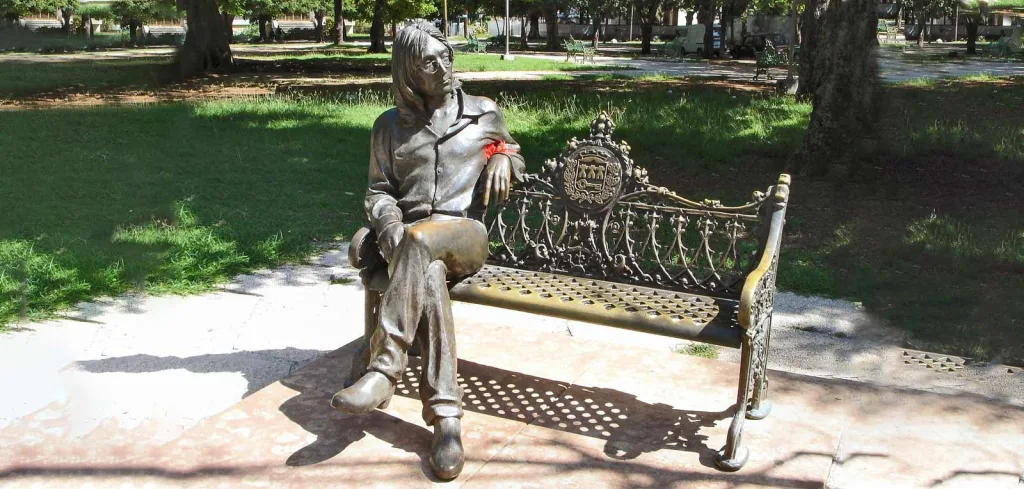(The renowned music group has its house at the temple of the of the ancient Real Hospital of San Francisco de Paula, Alameda de Paula, in Old Havana)
The Conjunto de Música Antigua Ars Longa is different; although it scrabbles in the sonorous legacy of yesteryear, it doesn’t do musical archaeology. Its presentations trap the spectator with its living pictures, full of freshness and harmony, that take the form of a stage game in which replicas of original instruments are used, along with typical costumes and clothes of the Middle Age, the Renaissance and the Baroque, from both the Old Continent and Our America.
Founded in 1994 by Teresa Paz (director) and Aland López (baroque guitar, lute, vihuela), and integrated by students and musicians graduated from the Conservatory of Music of Havana and from the Superior Institute of Art (ISA), Ars Longa has the magic of transporting the auditorium to passed centuries, and also to the interpretation of colonial Cuban music, reviving pieces and authors unknown by today’s public. Since the beginning it has maintained a close contact with the famous musicologist Miriam Escudero, related with the investigations about the Cuban baroque music, carol and Christmas songs and pieces for the Holy Week, among others which have been interpreted by the group. At the beginning, Ars Longa used to interpret medieval music very close to the theater environment, but with time the group grew, musically speaking. And although it develops different dances in their performances, very well documented in each epoch, the musical and vocal parts are the protagonists. The theater/dance appears to complement and enrich the musical environment. They are very careful with their esthetic image, paying special attention to costumes, scenography, and movements as elements of the repertory/performance. In these last times, we can observe in Ars Longa a closer contact with the original spirit of the interpreted music, given, of course, by the experience the members are permanently acquiring and by the instruments of the epoch they have today (recorder, bassoon, cornetto, baroque violin, vihuela, lute, viola de gamba, baroque guitar, and many others percussion instruments) that offer sonorous fidelity. Moreover, there is this moderate interpretation that has always characterized the group, and that has developed in the vocal aspect as well as in the instrumental, allowing them to build a complex musical architecture, apart from any expressive excess.
In these 27 years of life, the Conjunto de Música Antigua Ars Longa has set its artistic marks in important international Festivals, and tours through Europe and Latin America, and of course in Cuba, where it realizes an interesting community work. In 2000, it founded the Children Coral Cantus Firmus, dedicated to the children of the Historic Center of La Habana Vieja. It is a project which has participated, also, in the Festivals of Ancient Music Esteban Salas.
The vast repertory of the group includes various styles like the medieval and Renaissance music from the Old Continent, America and Cuba. There are examples of the English music with pieces of John Dowland from the 16th and 17th centuries; from the great German baroque masters Bach, Haendel, Telemann, from the Germany of the 18th century; France is represented with music of the Sun King era, with pieces by Campra, Couperin, Marais, Vissè and Lully, from the 17th century. There are other pieces from Italy, from the American baroque of 17th and 18th centuries, Spanish music from the 14th, 16th and 17th centuries, among others.
In its wide discography the most significant albums are: El eco de Indias (1998), a selection of Latin American carols from the 17th and 18th centuries; Música Sacra en La Habana (1999), with until then unpublished pieces of composers linked to the Cathedral of Havana and Nuestra Señora de la Merced church, also from the capital, from the 18th and 19th centuries. This album won the Cubadisco Prize in 2000. They have also Esteban Salas. Nativité à Santiago de Cuba (Cubadisco Prize 2002), Esteban Salas. Cantus in honore Beatae Mariae Virginia, (Great Prize Cubadisco 2003), Esteban Salas. Passio Domini nostri Jesu Christi (2004), Le Monde de la Musique, with pieces of Gaspar Fernández…
Over 20 years ago, on October 18, 2000, in occasion of the Cuban Culture Day, the doors of their concert hall were opened for the first time, sponsored by the Historian Office, particularly by Eusebio Leal who has helped them a lot since 1995: the temple of the ancient Real Hospital of San Francisco de Paula situated on the Alameda of the same name, La Habana Vieja, the seat of the group. It has a capacity for more than 150 spectators; it is decorated with works of renowned Cuban artists like Roberto Fabelo, Zayda del Río, Cosme Proenza, Isabel Gimeno, Mario Aniceto Díaz, and Nelson Domínguez who designed the beautiful stained-glass window, realized by Rosa María de la Terga and the sculptor Duvergel. It is a jewel in the heart of the old city.

